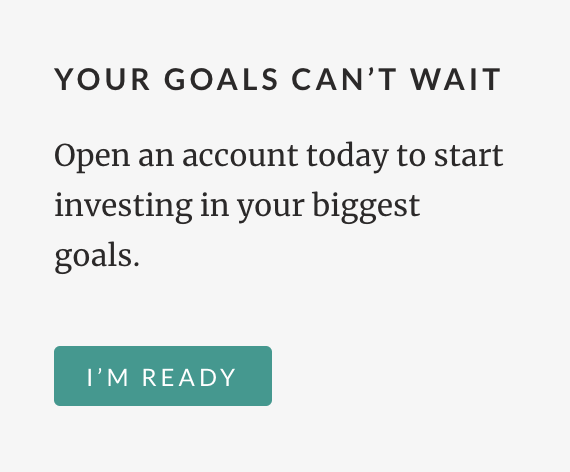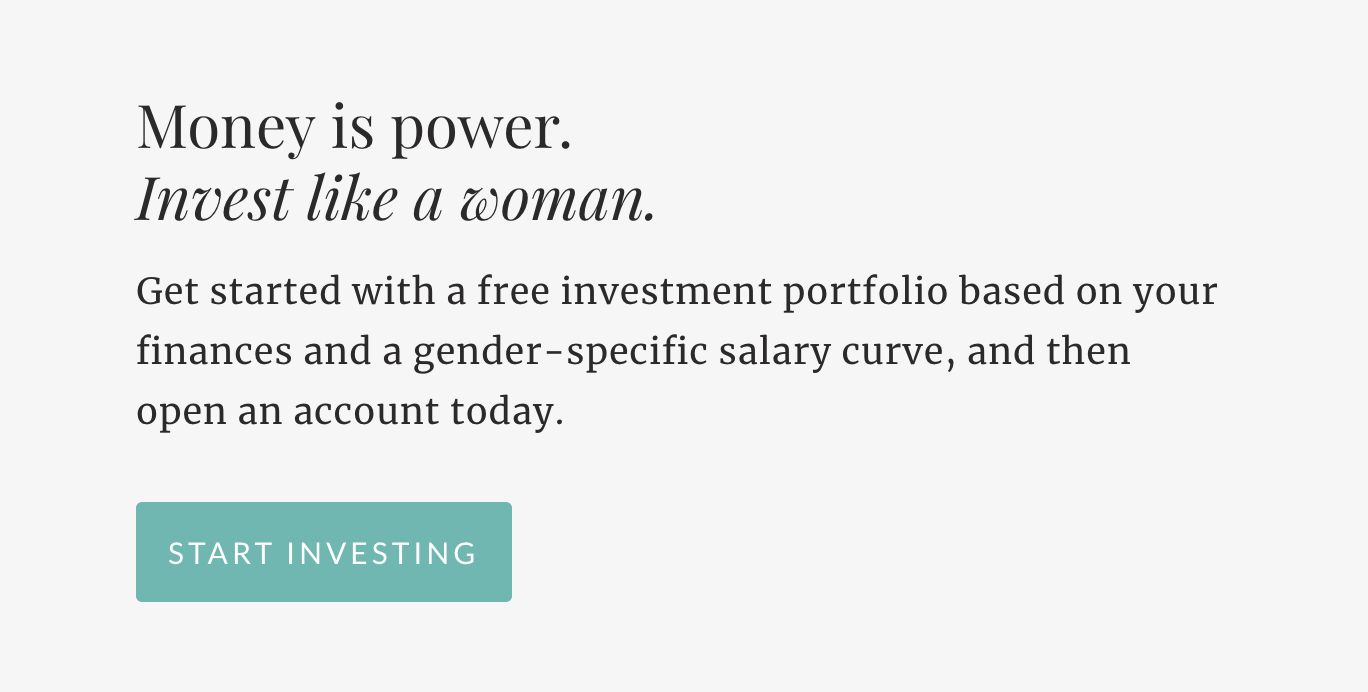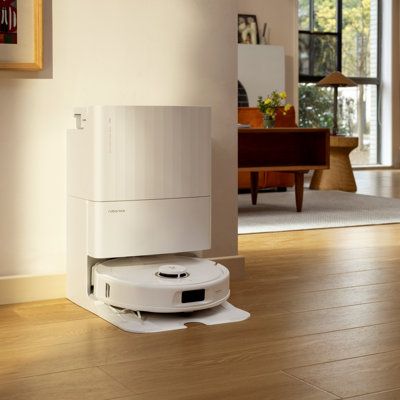You know those weeks when it feels like you’re just bleeding money every day? We hear you — it’s kind of like that happy hour you so badly want to attend after work. You got out early. You had a tough day and you just want to see your girls. But giving up that happy hour drink and appetizer ($15 per night out x 10 workdays a month = $150) can make a big difference at the end of the month.
Thankfully, spring brings the opportunity for a clean-slate philosophy and a shift in perspective. After overspending during the holiday season and into putting money towards our resolutions, we enter the new season wanting to stop our bad habits and reset priorities.

This means not only cleaning out your closet and emptying your cupboards but also taking a fresh look at your finances and find out how we could be saving more. One of the best ways to this is to cut down on unnecessary expenses you don’t need to have. Not sure how to do this? We tapped Sallie Krawcheck, the former Wall Street powerhouse who founded Ellevest — an investment firm aimed at women — to get her tips on what to do that that will help keep you from overspending.
So what should you stop wasting money on? Here is the simple practice to consider now.
Do An Audit Of Your Expenses
First things first: Do an audit of your expenses. “Take out your monthly bank statements and cut a recurring expense,” says Krawcheck. The best way to do is to follow the 50/30/20 rule to divvy up your finances: “Dedicate 50 percent of your check to your personal needs (rent, food, your phone), 30 percent to having fun (the stuff that give your life color, travel, dinner, that happy hour) and 20 percent to future you (this is the money you invest to make sure future you are taken care of).” Follow this rule of thumb, Krawcheck says, and you’ll be set on the path to financial success over the course of your life (learn more about the 50/30/20 rule here).
“And if you can’t hit that 20 percent goal right away, that’s okay,” Krawcheck says. “Invest what you can afford today, even 1-3 percent of your take-home pay, but get yourself in that habit of investing in your future.” Once you’re able to do this audit and you’ve found that recurring expense(s) that you can cut and you’ve paid off all your debt, it’s time to identify both your short-term and long-term goals.
Invest In Your Goals
Identifying goals and a plan to support them will bring you the assurance of a sound financial future. We’ve all got goals… fitness goals, career goals, travel goals… but what about our money goals? Without clearly identified goals and a financial plan to back it, there’s the tendency to mismanage your money with overspending.
At Ellevest, their objective (24/7/365) is to help you reach your personal investment goals. Period. That’s very different from active investing, which is all about beating the markets. In that construct, it’s possible that a financial advisor can be wildly successful in beating the market, but you as a client you might not be able to start your business or buy a new home. That doesn’t work very well for you, does it?
That’s why at Ellevest, they measure how you are doing against your goals, not a market benchmark.
With goals-based investing, the only objective is to determine the combination of investments together with savings that help you achieve your personal goals.

Once you determine your goals, you need to make investing a habit. Why is it important to make investing a habit? Sallie Krawcheck says that unless you are Warren Buffet, you are likely playing a loser’s game. “The right way to invest is to take a certain percent from every paycheck — whether that’s 1% is what you can afford or 10% or 20%.” This will earn you market like returns which over time is much more than the returns you would get from keeping that money in the bank. So, get a certain percentage of that paycheck taken out automatically every month,” Krawcheck says. “It’s the old ‘pay yourself first’ trick.”
The more you can automate these things, the better off you are. It’s easy to dip into your savings account when it’s just money sitting there. But when you open an investment account and put 20 percent (or whatever you can) every month toward your goals, you’ll feel in charge of your money and will be less likely to overspend. And you shouldn’t wait until you think, “Oh, I now have enough to invest.” It’s never too early to start and you can start with your first $1 today. “Every dollar invested in your 20’s is more valuable than a dollar invested in your 30’s or 40’s,” says Krawcheck. Get your personalized (and free) investment plan here.
No matter how much you can invest today, you can personalize your investing experience. Having your goals spelled out can give you a burst of much-needed motivation to keep on track toward your goals. You can even nickname your investment account, with the name of your goal like “Home Sweet Home” — because hey, that mortgage won’t pay for itself, but owning your own home can certainly be sweet.
Have goals you want to budget for? I think yes. Whether your goal is to stop spending so much, buy a home, have kids, or take that big trip, Ellevest will guide you toward achieving your goals.
Here’s to a year when wealth is a priority and making those goals (aka your big dreams) real life.

PHOTO: Ellevest
Next up: here’s what every woman needs to know about saving for retirement.







